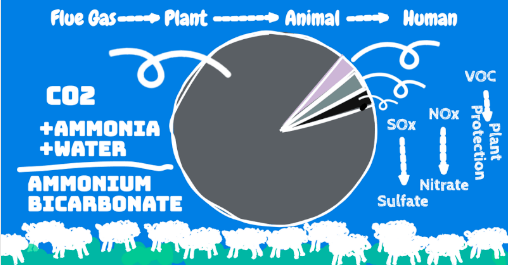The Regenerative Fuels (RF)
Advanced Renewable
Tue , 14 May 2024 12:05 WIB

One opportunity for decarbonization and maximum energy efficiency is to utilize all waste, rubbish, emissions and low quality energy or fuel to produce new high quality fuels which we call Regenerative Fuels (RF).
The highest energy source is waste that only contains hydrocarbons (CxHy) such as oil or used oil, plastic and used tires. The second source is biomass (CxHyOz) both solid or liquid, such as agricultural waste, plantations, forests, urban waste, industrial liquid waste, bio-oil and other oxygenated waste - those containing oxygen. And finally, CO2 emissions which can also be processed into RF, although it requires accompanying materials in the form of C and H2O.
The philosophy of the RF technology that we are developing is simple, fuel is just like a building - it is always built from a large number of bricks. So when we can dismantle old buildings that are no longer used to become bricks again, then from these bricks we will be able to build any new building.
These RF bricks are CO and H2 or called syngas. All materials such as used oil, low quality oil, animal fat, used cooking oil, waste, rubbish and even CO2 can always be decomposed back into CO and H2 using gasification and reforming processes.
Once we can dismantle the rubbish, waste and emissions into CO and H2, then whatever new fuel 'buildings' we need can be rebuilt from CO and H2 through a synthesis process. This new fuel can be hydrocarbons such as gasoline, diesel, LPG and Sustainable Aviation Fuels (SAF), can be oxygenates such as ethanol, methanol and DME, and can even be pure hydrogen.
As with the work of dismantling and installing buildings, we need appropriate tools so that it can be carried out effectively. Likewise, the work of dismantling and assembling this fuel 'building', its need series of reactors like the one in the sketch below, which we call SR3 (Synthesis and Reforming Reversible Reactor), it's function is to decompose the materials in the example above, and reassemble them into new fuel, just what we need.
With SR3, for example, we will be able to convert used oil and used tires into LPG, used cooking oil into hydrogen, industrial liquid waste into gasoline, CO2 emissions into diesel, urban organic waste which is now a burden on cities in developing countries can also be turned it into SAF, which is eagerly awaited by the aviation world, and various other materials or fuels that we can imagine!
Pos Lainnya
Bila Bumi Menjadi Cadangan Energi Yang Lestari
May 14, 2024
Powered by Methanol
May 14, 2024
BioSyngas : Komoditi Transisi Energi
May 14, 2024
Flue Gas , From Plant To Plant
May 14, 2024
Pre-Combustion Carbon Capture
May 14, 2024
Kategori
Renewable Energy






Silakan mendaftar terlebih dahulu!
Untuk memposting komentar baru. Anda harus login terlebih dahulu. Masuk
Komentar
Tidak ada komentar